Restoring Aral Sea’s Dried-Up Ecosystem
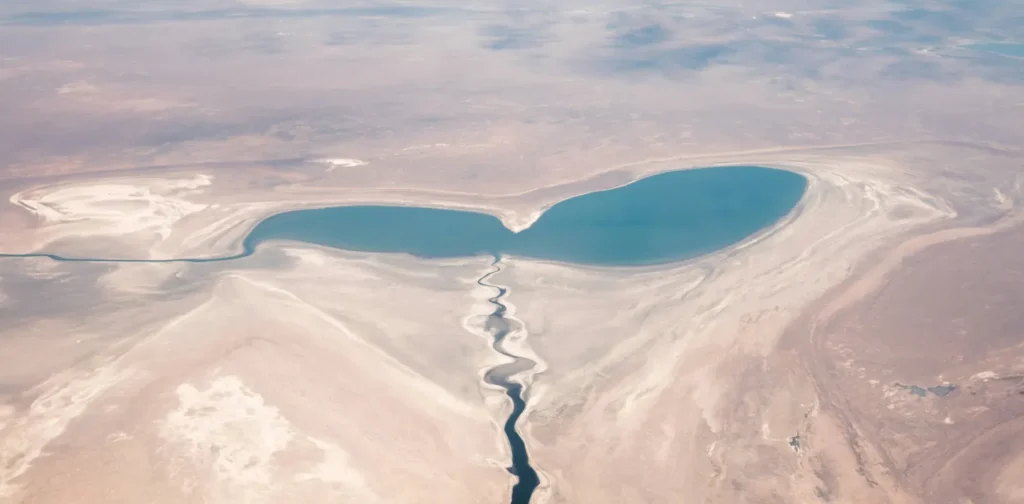
Photo: Patrick Schneider on Unsplash.
Overexploitation of natural resources can completely alter an ecosystem to the point of destruction. In Central Asia, the dried-up Aral Sea presents an example of severe environmental degradation, which has affected the lives of many. The good news is that the rehabilitation process is in progress.
The Drying Lake
The Aral Sea was once the fourth-largest continental water body in the world. Located between Kazakhstan and Uzbekistan, this freshwater lake originally spanned 68,000 sq km and went 40 meters deep.
The decline began in the 1960s due to the overharvesting of the rivers that fed the lake for large-scale irrigation, particularly in cotton production. As a result, the Aral Sea suffered from rapid shrinkage and increased salinity until it dried up in the 2010s. What is left is a barren land where no water flows, and plants are difficult to grow.
Communities around the lake were greatly affected by a lack of water sources. Both Kazakhstan and Uzbekistan are landlocked countries, which means accessing water can be incredibly challenging. Additionally, the dried-up terrain released 80-100 million tons of dust every year, causing respiratory diseases and other public health issues for the surrounding communities.
Aral Sea Restoration Efforts
Fortunately, not all hope is lost. From governments to organizations, many have been trying to gradually bring the Aral Sea back to life.
One example is planting certain types of vegetation to combat desertification. Under the Aral Sea Environmental Project in Kazakhstan, a team of ecologists has been planting black saxaul trees in the North Aral Sea region to help contain dust and improve resiliency against climate change. The trees can withstand the relatively harsh environment, and their roots can hold up to 4,000 kilograms of sand.
Similar measures have also been implemented by researchers from the United Nations Development Programme (UNDP) while also observing other existing vegetation that can thrive in such an environment, such as juzgun, sand acacia, sea buckthorn, and various species of willow. Beyond introducing new vegetation, the UNDP also found that water sources exist below the dried-up areas, going as far as 490 meters underground. Still, the water must go through a desalination process before being consumed.
Restorations and Responsibilities
The natural environment provides us with the necessary resources to live. Aral Sea’s rehabilitation progress signifies that ecosystem restoration projects are possible, and more support is required to create a widespread impact.
As the global population grows and the demand for goods increases, it is even more crucial that we do not sacrifice biodiversity and ecosystems to accommodate those needs. Safeguarding nature’s right to exist and thrive is how we can secure a better future for the next generations.
Editor: Nazalea Kusuma

Join Green Network Asia – An Ecosystem of Shared Value for Sustainable Development.
Learn, share, network, and get involved in our movement to create positive impact for people and the planet through our public education and multi-stakeholder advocacy on sustainability-related issues and sustainable development.
Choose Your Membership Plan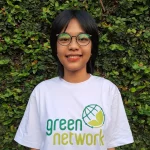
Kresentia Madina
Madina is the Assistant Manager for Digital Publications at Green Network Asia. She graduated from Universitas Indonesia with a bachelor's degree in English Literature. She has three years of professional experience working on GNA international digital publications, programs, and partnerships particularly on social and cultural issues.


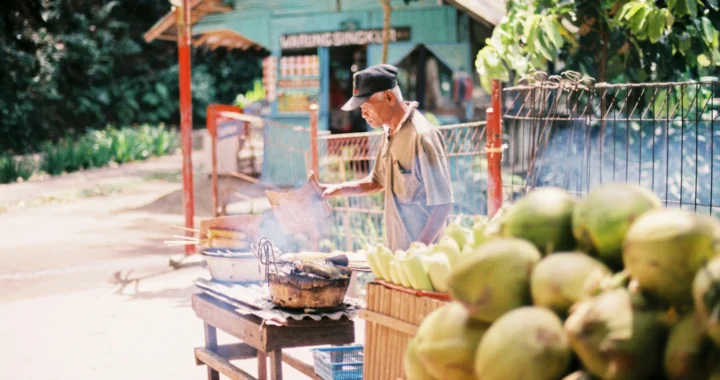 Integrating Sustainability in Indonesia’s Gastrodiplomacy Efforts
Integrating Sustainability in Indonesia’s Gastrodiplomacy Efforts 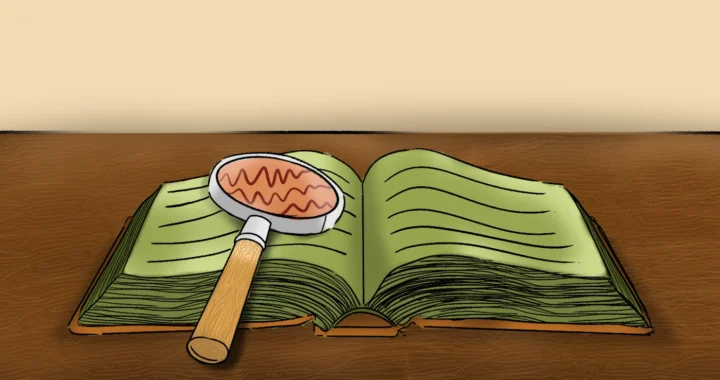 Maintaining Healthy Skepticism on Corporate Climate Claims
Maintaining Healthy Skepticism on Corporate Climate Claims 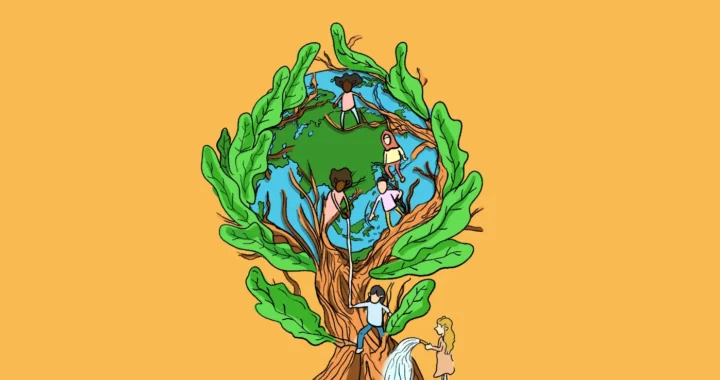 Not Just Leading, But Transforming: How Women Are Reshaping Climate Justice in Asia
Not Just Leading, But Transforming: How Women Are Reshaping Climate Justice in Asia 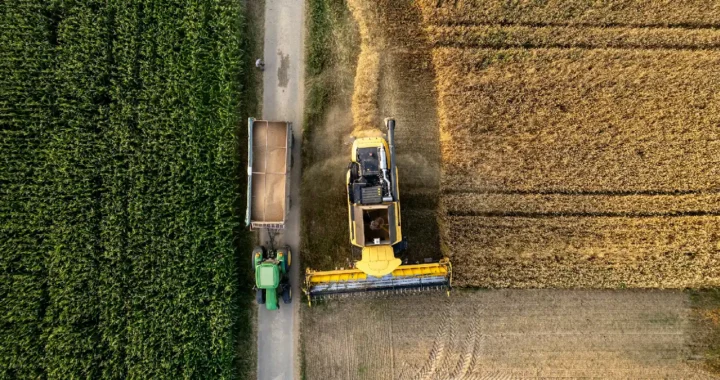 Global Food Systems Transformation for Planetary Health
Global Food Systems Transformation for Planetary Health 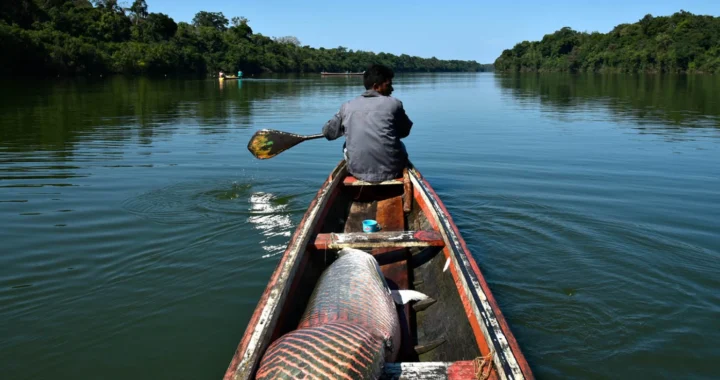 Empowering Small-Scale Fish Farmers for Sustainable Aquaculture
Empowering Small-Scale Fish Farmers for Sustainable Aquaculture 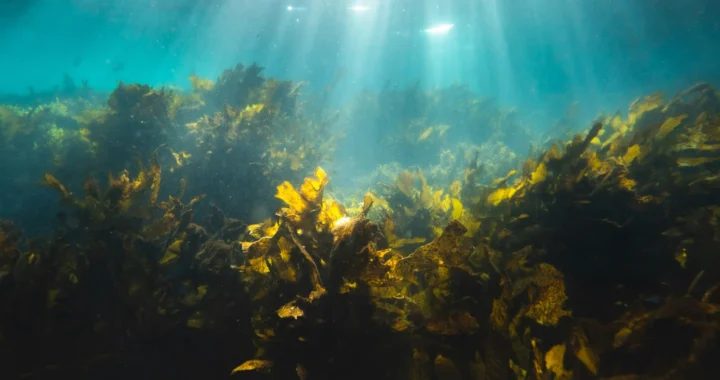 Exploring Seaweed Farming for Climate Action and Community Resilience
Exploring Seaweed Farming for Climate Action and Community Resilience